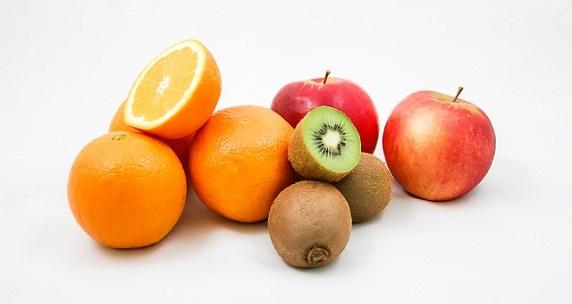In the field of baking, wheat flour is an indispensable ingredient, particularly low-gluten and high-gluten flour. Low-gluten flour, with a wet gluten value below 25%, is suitable for making soft cakes and crispy cookies. In contrast, high-gluten flour has a wet gluten value exceeding 35%, and its strong gluten content effectively supports the structure of bread. During the baking process, the gluten formed from proteins acts like a skeleton, supporting the structure of the bread.
Flour plays multiple roles in cake making. When it encounters and mixes with the batter, the dry flour absorbs water, activating the gluten proteins. These proteins form gluten that imparts stickiness to the mixture, helping various ingredients bind closely together. The gluten in the flour also becomes softer in the presence of sugar, a characteristic that promotes even rising of the batter during baking. As heating progresses, the proteins gradually denature and solidify, ultimately forming the cake’s unique porous structure, which effectively supports the entire fluffy cake body.
Speaking of making snowy skin, the required materials include 500 grams of snowy skin flour, 575 grams of purified water, and 50 grams of white cream. The filling consists of 300 grams of durian flesh paired with 32 grams of custard powder. The production process is quite straightforward: First, pour the boiled purified water into the snowy skin flour, using a dough mixer to stir until even, then add the white cream and continue mixing until the surface of the snowy skin is smooth. On the other side, simply mix the durian puree with the custard powder until well combined. When making snowy skin mooncakes, take 35 grams of snowy skin to wrap around 35 grams of filling, using a mold to press out beautiful patterns, and the snowy skin mooncake is thus completed.


